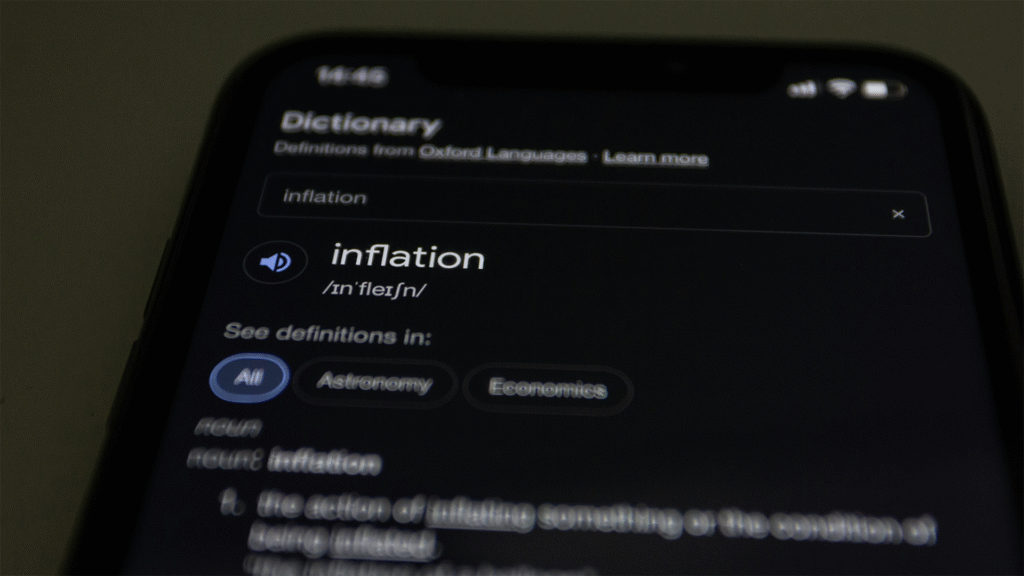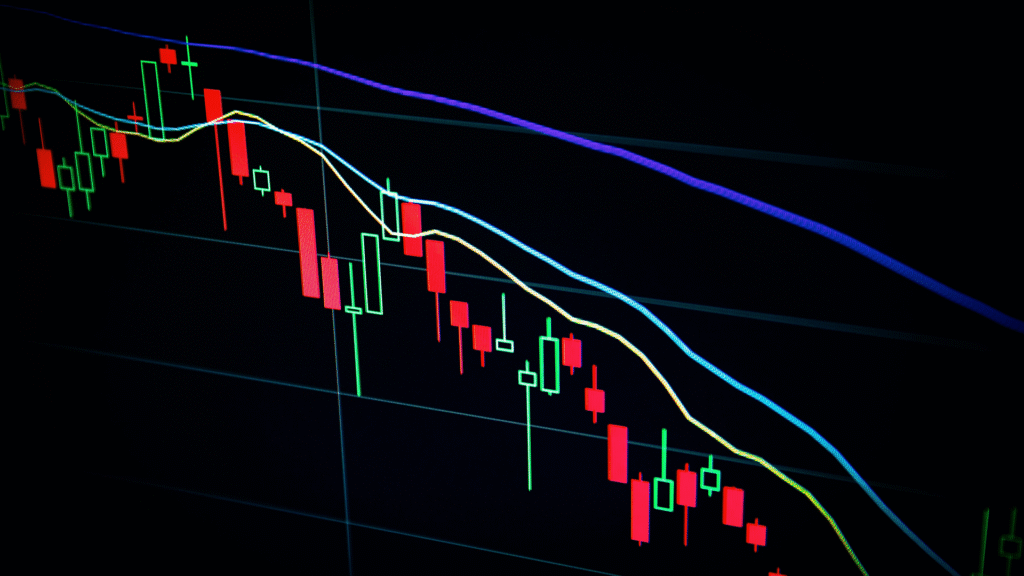Inflation is a vital economic concept. It affects individuals, businesses, and governments universally. Primarily, it refers to the sustained rise in prices for goods and services. Consequently, money’s purchasing power decreases over time. While moderate inflation often signals a healthy economy, excessive inflation can lead to instability and hardship. This blog will explore inflation in detail. We will discuss its types, causes, and effects. Moreover, we will offer practical ways to mitigate its impact on your financial life.
Key Takeaways
- Inflation refers to a sustained rise in prices, reducing money’s purchasing power over time.
- Demand-pull, cost-push, and built-in inflation are key types, each with distinct causes.
- Increased money supply, government spending, supply shocks, and currency devaluation drive inflation.
- Inflation erodes savings, impacts investments, and increases borrowing costs for individuals.
- Mitigate inflation by investing in inflation-resistant assets, diversifying, and managing debt strategically.
What is Inflation?
Inflation fundamentally represents the rate at which general price levels increase. We typically measure it using indices. The Consumer Price Index (CPI) and the Wholesale Price Index (WPI) are key examples. The CPI tracks changes in consumer goods and services prices. These are commonly used by households. The WPI, conversely, measures price changes at the wholesale level. This occurs before goods reach consumers.
When inflation occurs, each currency unit buys fewer goods. Therefore, its purchasing power declines. This erosion can significantly impact personal finances. It also affects overall economic stability. It is important to distinguish inflation from deflation. Deflation means a decrease in general price levels. Disinflation signifies a slowdown in inflation’s rate.

Types of Inflation
Inflation primarily categorizes into three types. Each type stems from different economic pressures.
Demand-Pull Inflation: This happens when aggregate demand exceeds supply. Too much money chases too few goods. Consumers want to buy more products. Businesses cannot produce enough to meet this demand. This pushes prices upward. Strong economic growth often drives this type of inflation.
Cost-Push Inflation: This occurs when production costs rise. Businesses face higher expenses for raw materials, labor, or energy. For instance, increased oil prices directly affect transportation costs. Businesses then pass these higher costs to consumers. They raise prices for their finished goods.
Built-In Inflation: This type results from adaptive expectations. Workers demand higher wages. They seek to maintain their living standards. Businesses then pass these wage increases to consumers. They raise prices. This creates a continuous cycle.
What Causes Inflation?
Several factors can trigger inflationary pressures within an economy.
Increased Money Supply: When a central bank, such as the Federal Reserve, prints too much money, its value falls. More money chasing the same amount of goods leads to higher prices. This is a classic economic principle.
Government Spending: Large government expenditures can inject money into the economy. This boosts overall demand. If supply cannot keep pace, prices will inevitably rise.
Supply Shocks: Unexpected events can disrupt supply chains. Natural disasters or geopolitical conflicts, for example, limit production. Reduced availability of goods drives prices up sharply.
Currency Devaluation: A weaker domestic currency makes imports more expensive. Local goods also become more competitive abroad. This increases the price of imported goods for domestic consumers.
The Impact of Inflation on Your Finances
Inflation directly affects your financial well-being. It influences your savings, investments, and daily spending.
Erosion of Purchasing Power: Your money buys less over time. This is inflation’s most direct impact. Your savings’ real value decreases.
Savings and Fixed Incomes: Inflation hurts savers. The interest earned on bank deposits may not keep pace with rising prices. Fixed-income earners, like retirees on pensions, also suffer. Their purchasing power diminishes.
Investments: Inflation impacts various investment types differently. It can erode returns from low-yielding bonds. However, certain assets, like real estate or commodities, can act as inflation hedges.
Borrowing Costs: Central banks often raise interest rates to combat inflation. This makes borrowing more expensive. Mortgage rates, car loans, and credit card interest can all increase.

Mitigating Inflation’s Impact
You can adopt several strategies. These help protect your finances from inflation’s corrosive effects.
Invest in Inflation-Resistant Assets: Consider real estate. Its value often rises with inflation. Commodities like gold or oil can also act as hedges. Treasury Inflation-Protected Securities (TIPS) are another option. Their principal value adjusts with inflation.
Diversify Your Portfolio: Spread your investments across various asset classes. This includes stocks, bonds, and real estate. Diversification helps minimize risk. It also balances potential returns during inflationary periods.
Consider Equities: Historically, stocks have provided good returns during periods of moderate inflation. Companies can raise prices to offset rising costs.
Manage Your Debt: If you have fixed-rate debt, inflation can actually be beneficial. The real value of your payments decreases over time. However, avoid excessive variable-rate debt when inflation is high.
Enhance Skills and Income: Invest in your education or skills. This increases your earning potential. Higher wages can help offset rising living costs.
Conclusion
Inflation is a complex economic phenomenon. It impacts everyone differently. Understanding its causes and various effects empowers you. You can make informed financial decisions. While moderate inflation supports economic growth, high inflation demands strategic planning. By actively managing your investments and adopting smart financial habits, you can mitigate its impact. Ultimately, knowledge equips you. It helps you build resilience against inflation’s challenges and secure your financial future.



Pingback: The Role of Central Banks: Guardians of Economic Stability
Pingback: The Business Cycle: Navigating Economic Peaks and Troughs